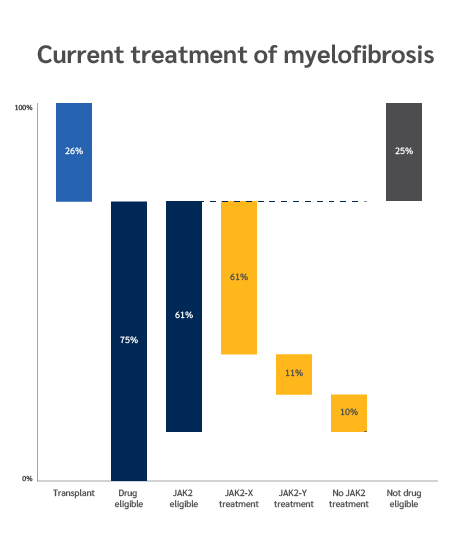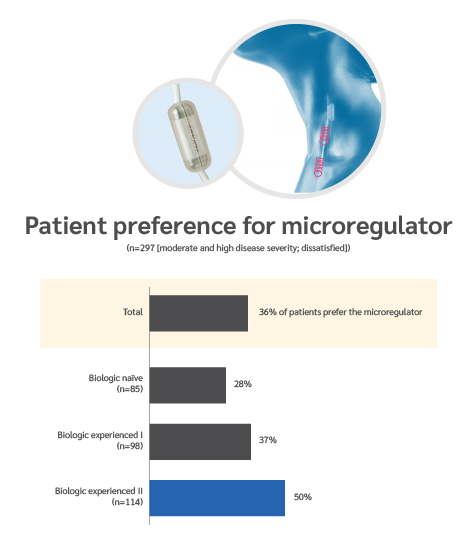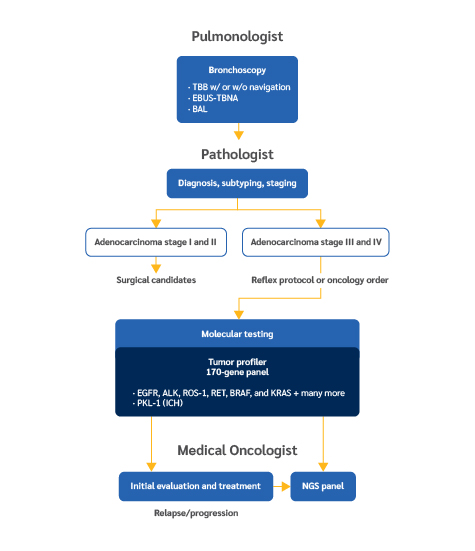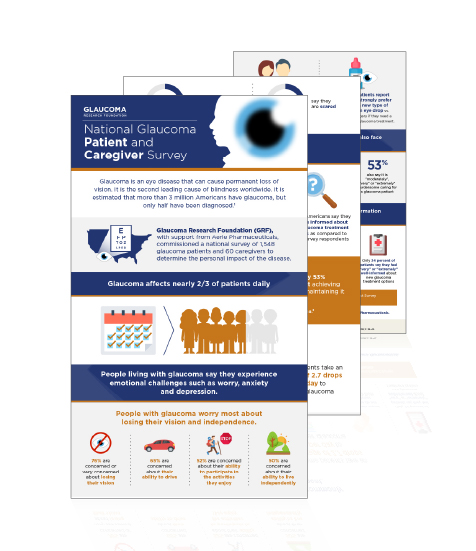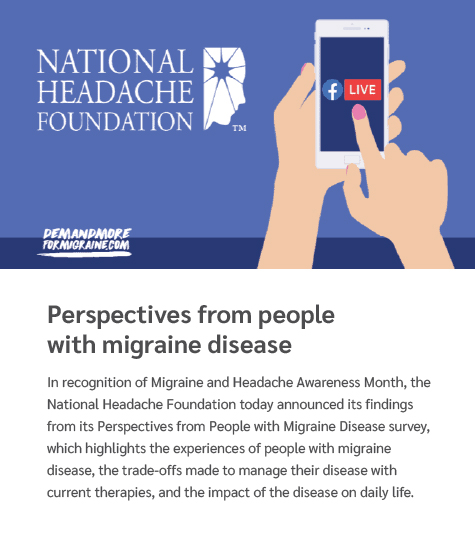- Data inventory (commercial and clinical)
- Knowledge gaps
Healthcare research and strategy for the real world
Outcomes Insights is a healthcare research company created to inform and guide the critical decisions our clients make every day. Our core capabilities span two practice areas—market research and commercial strategy, and real world evidence generation.
We make hard questions
easy to answer
No matter the challenge or question, we believe there's a solution waiting to be uncovered; we're ready to uncover it.
With decades of direct experience in healthcare commercialization, we're experts in areas that are key to any brand's success.
Generating real-world evidence
with state-of-the-art software
We've leveraged decades of experience in analyzing real-world data into the development of our publicly available data model and our in-house software. This powerful platform offers an unmatched ability to analyze data in the areas of epidemiology, health services research, and health economics.
MARKET RESEARCH AND STRATEGY
REAL WORLD EVIDENCE GENERATION
Commercial assessment
- Opportunity assessment
- Due diligence
- Market sizing and validation
Innovation strategy
- Pipeline prioritization
- Franchise strategy
- Asset optimization
- Scenario planning
Product development and brand planning
- Performance requirements
- Value proposition
- Patient journey
- Buying process
- Competitive landscape
- Positioning
- Pricing
- Revenue models
Brand performance
- Concept and messaging optimization
- Launch tracking and key performance indicators
- Early experience/drivers/barriers
- Customer insights and experience
Our approach
The business question drives the methodology. Every study we create is custom made for the unique challenges you face.
We never take a canned approach, and there are no black boxes.
Immerse
What is the business issue?
Immerse
Ideate
What is the range of possibilities?
Ideate
Validated and unique
- Univariate
- Segmentation
- Choice Modeling (adaptive conjoint, simple conjoint, and discrete choice)
- Driver Analysis
- MaxDiff
- Q-Sort
Innovative approaches
- Behavioral science analyses
- Custom chart audit (hospital and office)
Leverage
How can we collaborate across practice areas?
Leverage
- Patient advocacy
- Medical affairs
- Public relations
- Clinical development
- Data sciences
Analyze
What are the business implications?
Analyze
- Intellectual curiosity drives the analysis
- Insightful and exhaustive exploration of data; searching for insights
Execute
How can we optimize?
Execute
- Actionable outcomes tied to the business question
- Maximize research reach and impact across organization
- Brand development and strategy
- Publications
Analyses of observational data
In healthcare, information is power. To communicate the true value of a product, whether for treating a disease or managing its complications, it is critical to have a detailed understanding of what happens to patients over time. This includes calculating event rates, characterizing treatment patterns, estimating treatment effects, and measuring long-term costs of care.

We developed software for creating analysis-ready datasets from observational data with an emphasis on flexibility and reproducibility. We use this in our own research and to collaborate with other
organizations.
Seer-medicare
We regularly update our report, which covers all publications to date use SEER-Medicare data.
SEER-Medicare publications
This page contains a report of all publications that use SEER-Medicare data. The studies included in this report are taken from the National Cancer Institute (NCI) website database, which lists all publications. Details of the methods are described in the downloadable report below. The data tables are available as a downloadable Excel file, and the figures are available as a downloadable zip file.
In addition, there is a link below to an R package (hosted on GitHub) that allows users to create their own figures, This page, and the report, will be updated periodically. If you have any questions, please contact us.
Experience
where it matters
We have published research in many disease areas with particular experience in oncology, cardiovascular disease, and nephrology. Our detailed understanding of Medicare data includes the SEER-Medicare linked data, the United States Renal Data System (USRDS data), and the 5% Medicare sample. We also conduct research using electronic health records, including data from the Clinical Practice Research Datalink (CPRD) from the United Kingdom. Furthermore, our extensive experience enables us to easily work with proprietary datasets from health plans and providers.
Selected publications are listed below
Danese MD, Pemberton-Ross P, Catterick D, Villa G. Estimation of the increased risk associated with recurrent events or polyvascular atherosclerotic cardiovascular disease in the United Kingdom. Eur J Prev Cardiol. 2020 Jan 21:2047487319899212. doi: 10.1177/2047487319899212. PMID: 31964187
Danese MD, Halperin M, Duryea J, Duryea R. The Generalized Data Model for clinical research. BMC Med Inform Decis Mak. 2019 Jun 24;19(1):117. doi: 10.1186/s12911-019-0837-5. PMID: 31234921
Khunti, K, Danese MD, Kutikova L, Catterick D, Sorio-Vilela F, Gleeson M, Seshasai SRK, Brownrigg J, Ray KK. Association of a Combined Measure of Adherence and Treatment Intensity With Cardiovascular Outcomes in Patients With Atherosclerosis or Other Cardiovascular Risk Factors Treated With Statins and/or Ezetimibe. JAMA Netw Open. 2018;1(8):e185554. doi:10.1001/jamanetworkopen.2018.5554. PMID: 30646277
Bressler NM, Varma R, Doan QV, Gleeson M, Danese M, Bower JK, Selvin E, Dolan C, Fine J, Colman S, Turpcu A. Underuse of the health care system by persons with diabetes mellitus and diabetic macular edema in the United States. JAMA Ophthalmol. 2014 Feb;132(2):168-73. doi: 10.1001/jamaophthalmol.2013.6426. PubMed PMID: 24357541
Block GA, Kilpatrick RD, Lowe KA, Wang W, Danese MD. CKD-mineral and bone disorder and risk of death and cardiovascular hospitalization in patients on hemodialysis. Clin J Am Soc Nephrol. 2013 Dec;8(12):2132-40. doi: 10.2215/CJN.04260413. Epub 2013 Sep 19. PMID: 24052218
Griffiths RI, Gleeson ML, Mikhael J, Danese MD. Impact on Medical Cost, Cumulative Survival, and Cost-Effectiveness of Adding Rituximab to First-Line Chemotherapy for Follicular Lymphoma in Elderly Patients: An Observational Cohort Study Based on SEER-Medicare. J Cancer Epidemiol. 2012;2012:978391. doi: 10.1155/2012/978391. Epub 2012 Aug 27. PMID: 22969803
Danese MD, O’Malley C, Lindquist K, Gleeson M, Griffiths RI. Prevalence and Incidence of Comorbid Conditions in Older Women with Breast Cancer. Ann Oncol. 2011 Oct 29. PMID: 22039090
Kilpatrick RD, Danese MD, Belozeroff V, Smirnakis K, Goodman WG, Rothman KJ. The association of vitamin D use with hypercalcemia and hyperphosphatemia in hemodialysis patients: a case-crossover study. Pharmacoepidemiol Drug Saf. 2011 Sep;20(9):914-21. PMID: 21735509
Danese MD, Griffiths RI, Gleeson M, Satram-Hoang S, Knopf K, Mikhael J, Reyes C. An Observational Study of Outcomes After Initial Infused Therapy in Medicare Patients Diagnosed with Chronic Lymphocytic Leukemia. Blood. 2011;117:3505-13. PMID: 21190994
Danese MD, Lalla D, Brammer M, Doan QV, Knopf KB. Estimating Recurrences Prevented from Using Trastuzumab in HER-2/neu Positive Adjuvant Breast Cancer in the United States. Cancer. 2010;116:5575-83. PMID: 20734398

